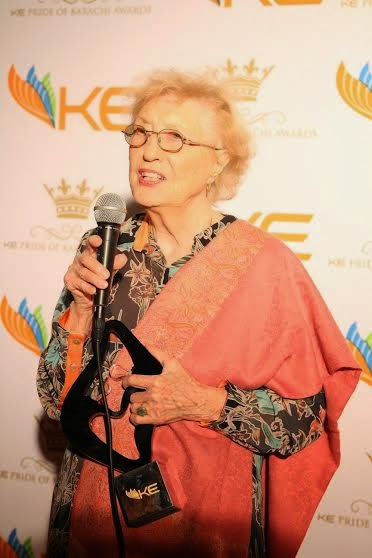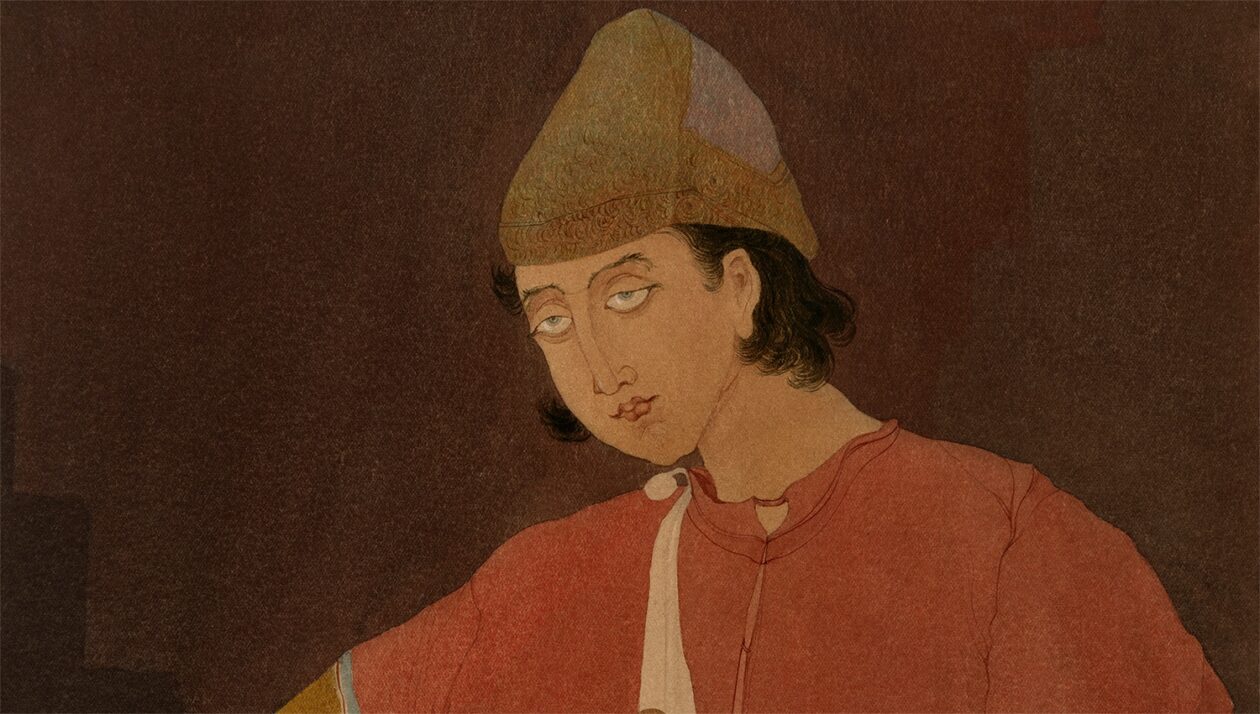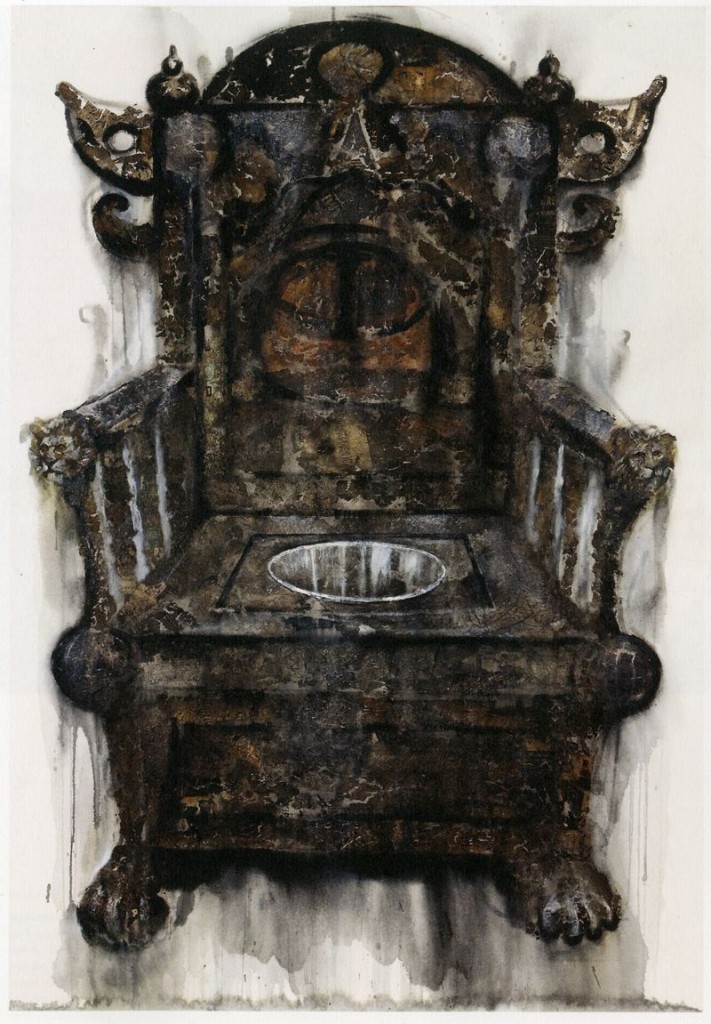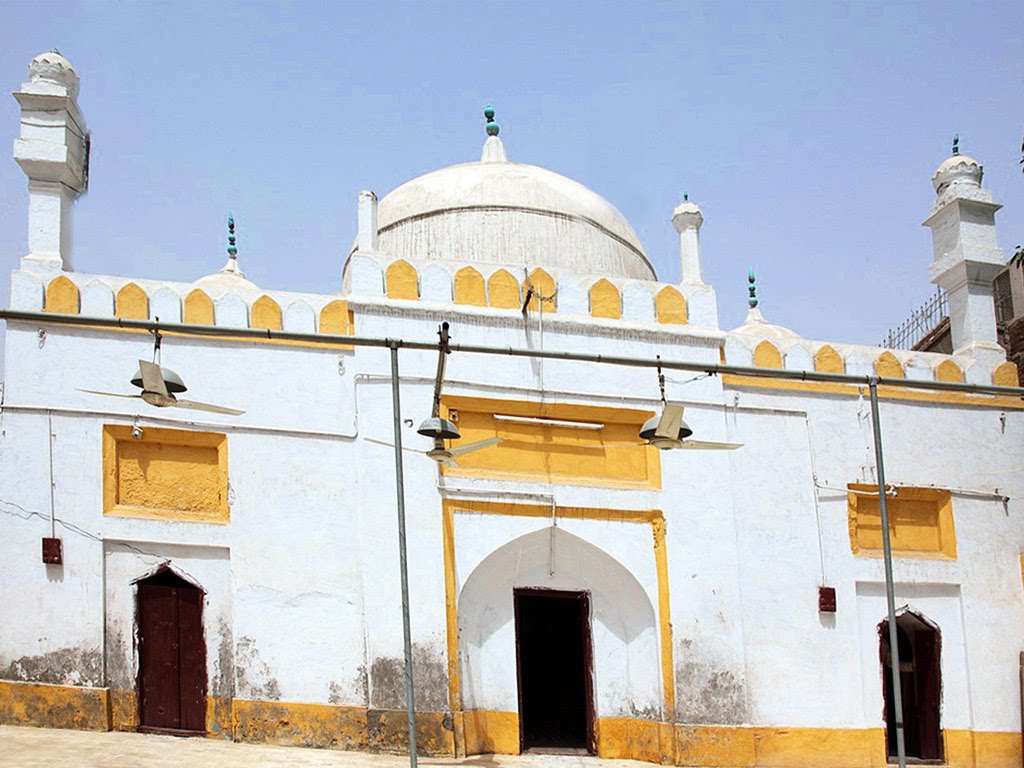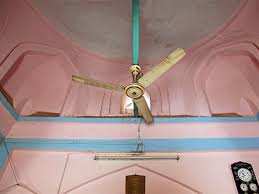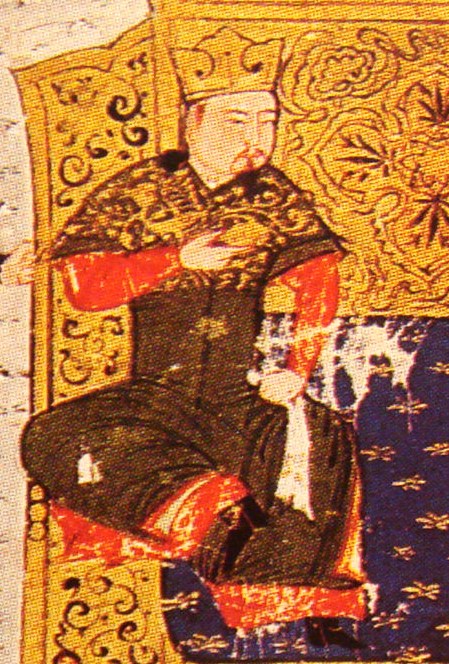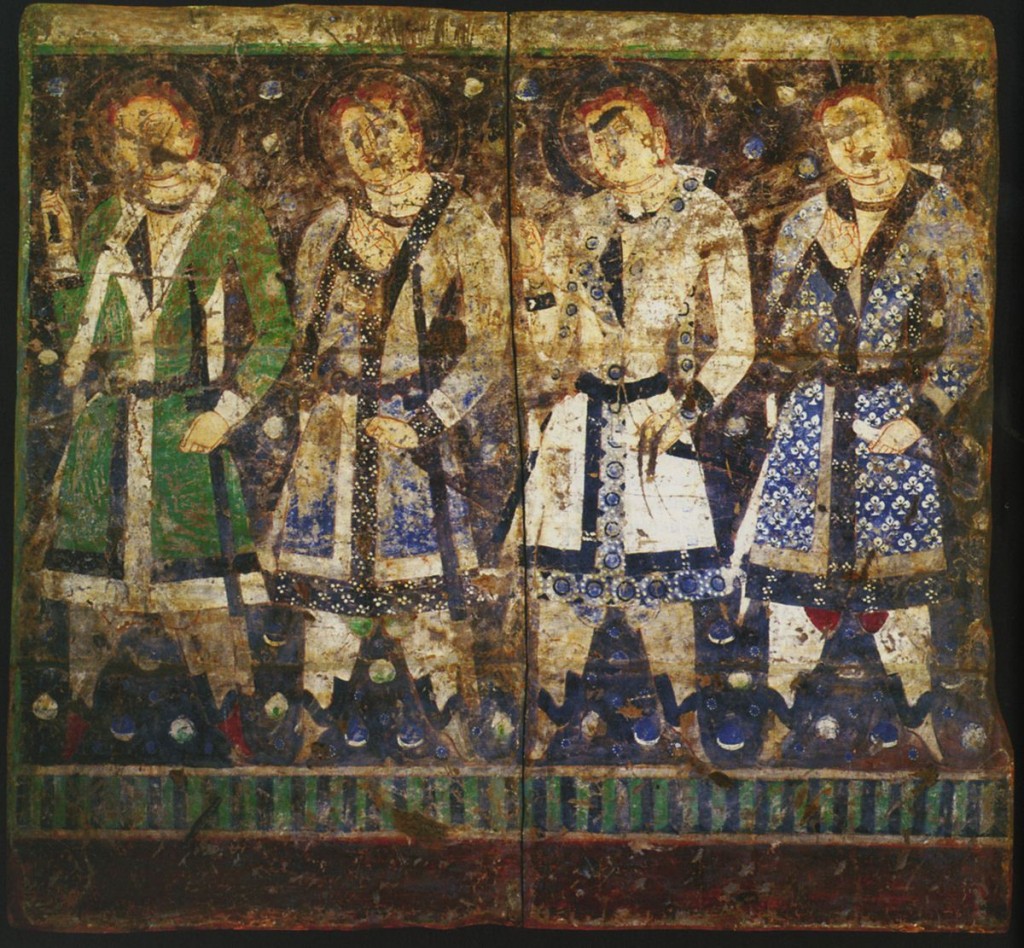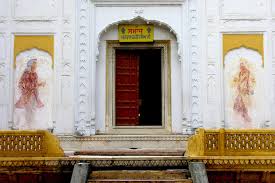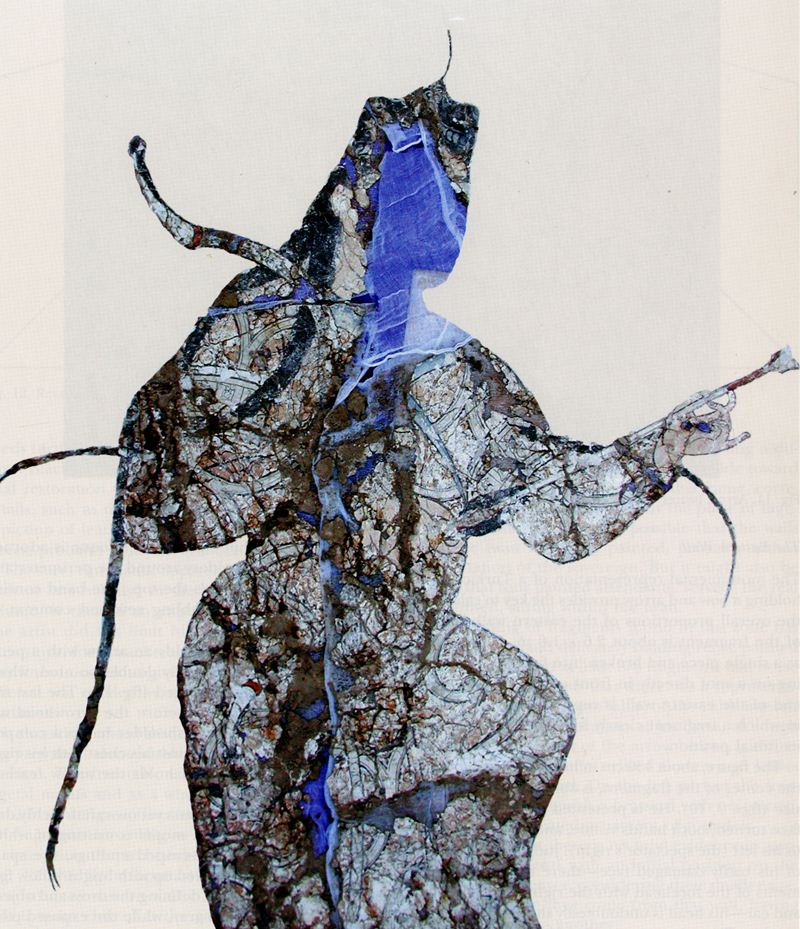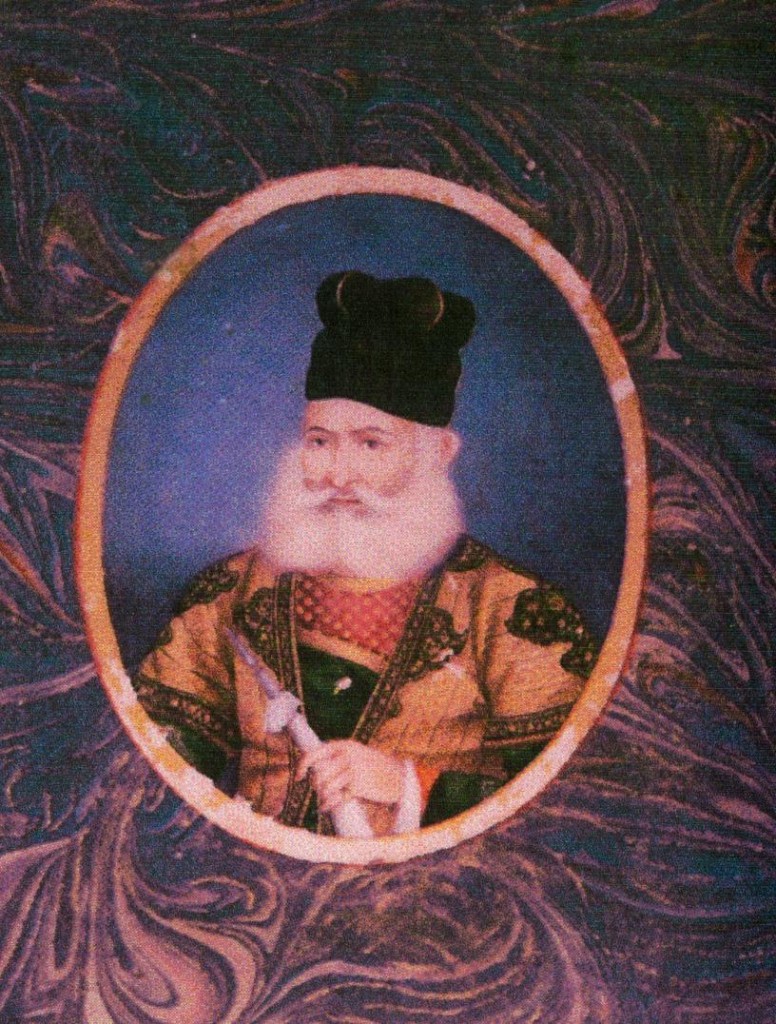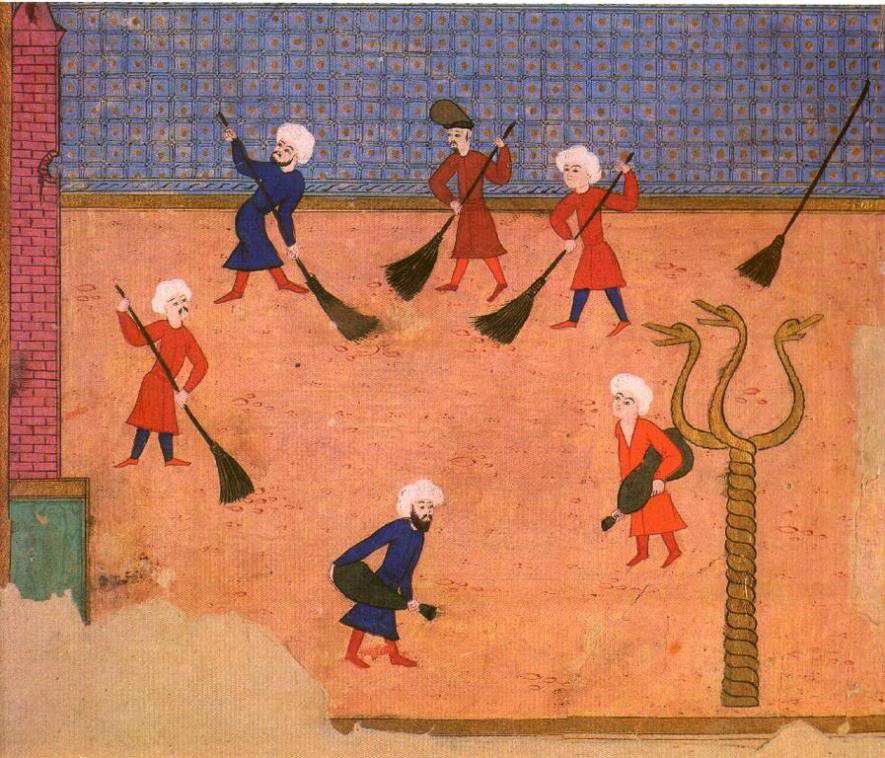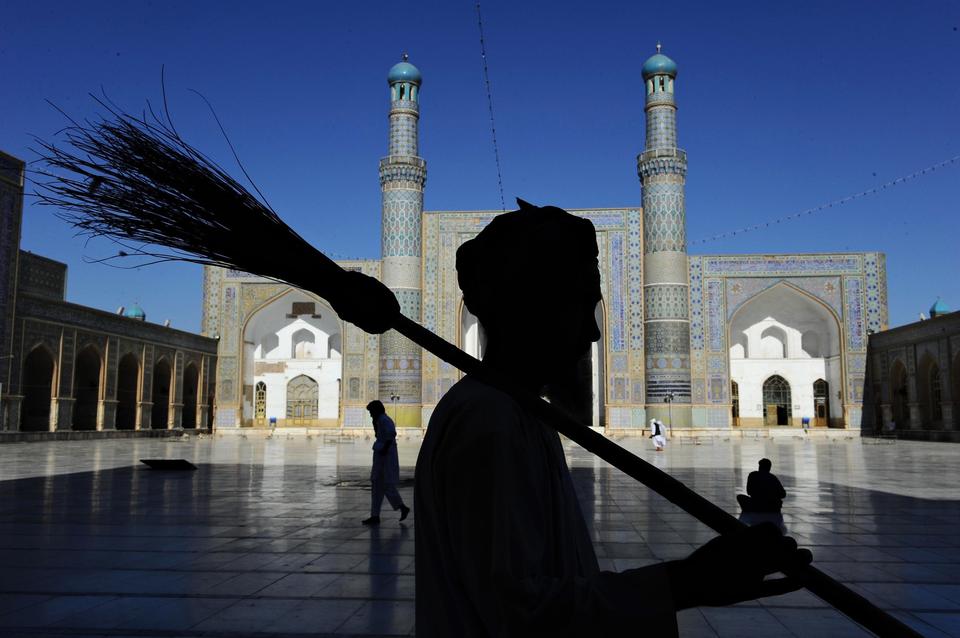ART GIMMICKRY IN PAKISTAN
PANDERING TO ISLAMO-PHOBIA
Pakistan bashing at its best
All art in Western traditions is based on Art for Religious sake. Hindu Art is also as religious as Buddhist Art. In Islamic civilization the game changed and art became truly Art for Art sake. Obsession with aesthetics alone. The last century brought awakening in Art in general. This is forgotten in this modern era, and the result is chaotic approach to the arts in general and particularly to Art in Pakistan. In fact modern contemporary Art in Pakistan is pure gimmickry aimed at pandering to Pakistani bashing as well as Islamo-phobia of the West.
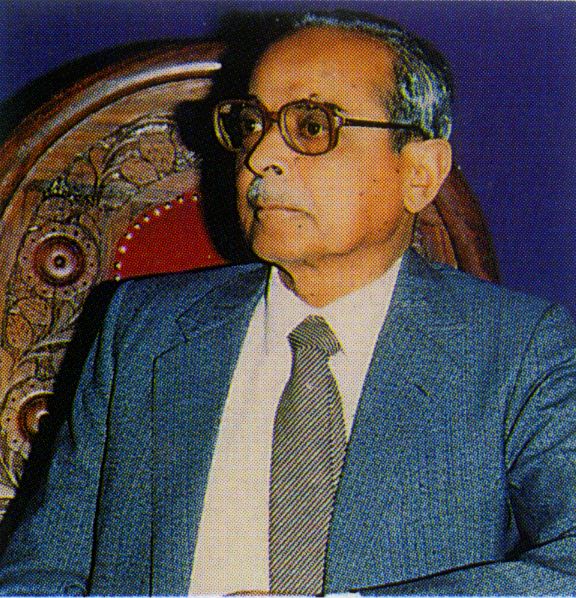
Why are Pakistanis willing to submit to the demands of the West? Simply financial reasons. Pakistani bashing sells and sells most when you bash Islam too. Study the works of most modern painters in Pakistan and you find this bashing very clearly. Very important. Mullahs beating their wives, women screaming at acid being thrown on their faces, bigots rejoicing in heaven and in modern lore bashing of all those who uphold Islamic traditions. Looks like fun to these people, the ruse of destructive mechanism.
If it is the creativity of our artists, we certainly have no objections to whatever they do in life. But to make works for mere financial reasons and that to bash ourselves is shame of great proportions. This can easily be judged and no arithmetic required for analysis. The real creative Great Masters had something to tell us. In expert craftsmanship, they had a message to their Art too. In words of Dr Allama Iqbal,”What is Art that does not have the striking power of Moses staff?” And who put these artists on the media plain? Critics, again a breed of its own. Most people writing about Art in Pakistan know nothing about Art at all.Their sensitivities are totally lacking and one hears them speak of so called great Pakistani Art, it makes us hang down our heads in utter shame too.
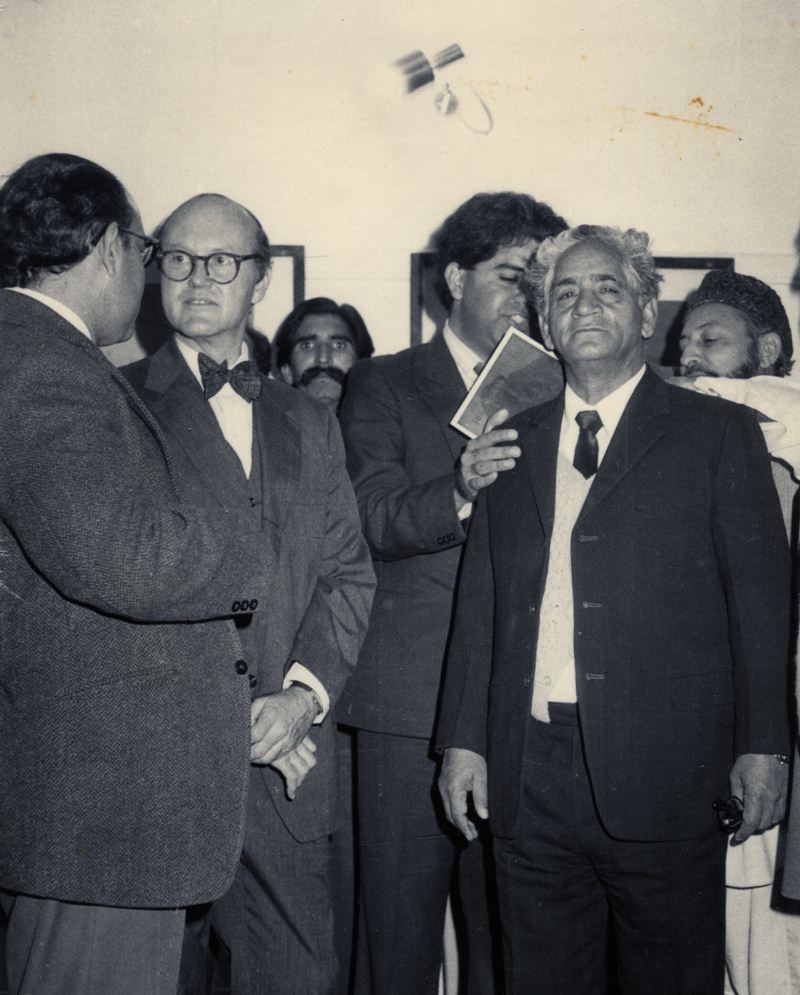
M.A. Rahman Chughtai and Dr Abdullah Chaghatai were the first writers on Art here. They were followed by Dr Muhammed Din Taseer who started this venture at the request of Chughtai Artist himself. Another critic of great dimensions was Malik Shamas, Curator of Lahore Museum, whose understanding of Art was phenomenal. Colonel Majeed Malik contributed his lot too by introducing two figures in Art writing that is Amjad Ali and Jalaluddin Ahmad. Dr Muhammed Baqir obviously knew his job well. Shafi Aqeel and Marjorie Hussain were and are two equally good writers in Art here.
There we read then are a host of people writing on Art. Some are just plain ignorant, others are writing on the behest of foreign lobbies, making mountains of dirt in Art here. Gimmick Artists with gimmick critics hand in hand. In a sweep destroying the Ideology of Pakistan. Bashing our roots and our innovations all at the same time. After the death of M.A. Rahman Chughtai on 17th January, 1975, Dr Akbar Naqvi of Liverpool personally attacked the artist in many of his writings, particularly in Dawn Magazine. He even had objections to our gifting of books to friends and critics in a malignant tone. We kept quite. We hear from a Karachi resident that Dr Akbar Naqvi regrets his utterances these days., Who knows? Even in his book he accuses the artist of many things which he does not even know at all. What can we say? The stature of Chughtai cannot be upset by puerile accusations. We wish Dr Akbar Naqvi the best in his life. As he is from Liverpool, we hope he writes something on the history of the group BEATLES. It would be worthy addition to world knowledge.
Obviously Art Gimmickry is always short lived and will die its eventual death. A thing of Beauty is a joy forever and we know that well.
